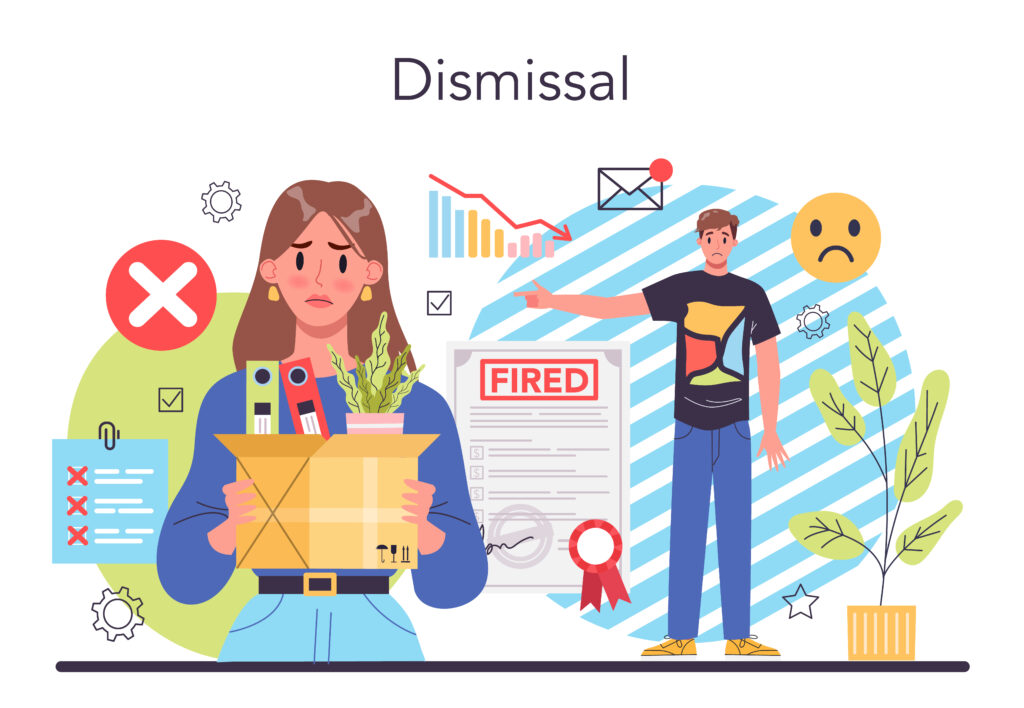Long-term care insurance (LTCI) is an important component of financial planning for many individuals, providing coverage for expenses associated with extended medical care needs. However, not all LTCI providers are created equal. In this article, we highlight the important aspects of LTCI, examining its functioning, coverage, benefits and the potential pitfalls of choosing the wrong provider.

worst Long-Term Care Insurance companies: Understanding Long Term Care Insurance
Long-term care insurance is designed to provide coverage for services that are not typically covered by health insurance, Medicare, or Medicaid. These services can include assistance with daily activities such as bathing, dressing, and eating, as well as care in a variety of settings, including nursing homes, assisted living facilities, and even in one’s own home.
Table of Contents
Why Consider Long Term Care Insurance?

The need for long-term care may arise unexpectedly due to illness, injury or the natural effects of aging. Without proper coverage, the cost of long-term care services can rapidly deplete savings and assets, potentially leaving individuals and families financially vulnerable. LTCI provides a way to reduce this risk by providing financial assistance to cover the expenses associated with long-term care.
What does long term care insurance cover?
LTCI policies vary in coverage and benefits, but typically cover services such as skilled nursing care, assistance with activities of daily living (ADL), and certain therapies and treatments related to chronic conditions. Some policies may also cover homemaker services, adult day care, and respite care.
How much does long term care insurance cost?
The cost of LTCI can vary significantly depending on factors such as the insured’s age and health, the amount of coverage desired, the length of the benefit period, and the inflation protection options selected. Premiums can range from a few hundred to several thousand dollars per year, making it important for individuals to carefully consider their budget and long-term financial goals when choosing a policy.
How can you get long term care insurance?
Long-term care insurance can be purchased through insurance agents, brokers, or directly from insurance companies. Before purchasing a policy, it is essential to research different providers, compare policy features and benefits, and carefully review the terms and conditions to ensure that the policy meets your specific needs and preferences.
Avoiding Pitfalls: Signs of Bad Long-Term Care Insurance Providers
While LTCI can provide valuable financial protection, not all insurance companies are equally reliable or trustworthy. Here are some red flags to look out for when evaluating LTCI providers:
Bad Customer Service:

Explanation: Good customer service is essential for any insurance product, but it is especially important for long-term care insurance, where policyholders may need help sorting out complex coverage issues or making a claim during stressful times. Poor customer service can manifest in a variety of ways, including difficulty reaching customer support representatives, long wait times on phone calls, unresponsive emails or messages, and inadequate assistance when seeking clarification on policy terms or submitting claims.
Impact: Lack of effective customer service can increase the stress and anxiety that often accompanies the need for long-term care. Policyholders may feel let down or abandoned by their insurance provider, which can lead to a loss of trust and confidence in the coverage they purchased. Additionally, delays in obtaining assistance or information may hinder timely access to the benefits that policyholders rely on to cover needed care services.
Difficult Claim Process:

Explanation: A complex or convoluted claims process may create unnecessary barriers for policyholders wishing to access their benefits. This can include extensive paperwork requirements, unclear documentation guidelines, and bureaucratic hurdles that delay or hinder claims processing. Additionally, inadequate communication or transparency regarding the status of claims can leave policyholders in the dark about when they can expect to receive benefits.
Impact: An arduous claims process can add frustration and anxiety to an already challenging situation for policyholders and their families. Delays in receiving benefits may force individuals to pay out-of-pocket expenses or delay needed care, potentially compromising their health and well-being. Additionally, a lack of clarity or transparency in the claims process can reduce trust in the insurance provider and raise concerns about the reliability of coverage.
Increasing Premium:

Explanation: Long-term care insurance premiums may increase over time due to a variety of factors, including changes in insurers’ pricing models, adjustments based on the policyholder’s age or health condition, and macroeconomic trends affecting the insurance industry. However, sudden and significant premium increases, which are not adequately explained or justified, can create financial stress for policyholders, especially those on fixed incomes or limited budgets.
Impact: Rising premiums could force policyholders to make difficult decisions about keeping their coverage or letting it lapse. For older individuals or those with pre-existing health problems, finding affordable alternative coverage may be challenging or impossible, leaving them vulnerable to the high costs of long-term care without adequate insurance protection. Additionally, unexpected premium increases may undermine policyholders’ financial planning efforts and disrupt their long-term financial stability.
Weak Financial Stability:

Explanation: The financial stability and solvency of an insurance company are important factors in determining its ability to meet its obligations towards policyholders in the long term. Weak financial condition, indicated by factors such as a low credit rating, significant debt levels or a history of financial instability, may raise concerns about the insurer’s ability to pay claims and honor its contractual commitments.
Impact: If an insurance company with weak financial stability becomes insolvent or goes out of business, policyholders may face significant challenges in receiving benefits under their LTCI policies. In the event of bankruptcy, state guaranty associations may step in to provide some level of protection for policyholders, but the extent of coverage may be limited, and delays in receiving benefits are possible. Furthermore, the uncertainty and stress associated with the financial instability of the insurer may undermine the peace of mind that LTCI seeks to provide.
Bad Customer Reviews:

Explanation: Customer reviews and testimonials can provide valuable insight into policyholders’ experiences with a particular insurance provider. Negative reviews may highlight issues such as difficulty with claims processing, disputes over coverage decisions, dissatisfaction with customer service, or unexpected premium increases. While individual reviews should be considered in context and may not always reflect the experiences of all policyholders, a pattern of consistent complaints or negative feedback should ring alarm bells for potential buyers.
Impact: Bad customer reviews can reduce trust in an insurance provider and deter individuals from purchasing coverage from that company. Negative word-of-mouth can spread quickly, especially in the age of social media and online review platforms, further damaging an insurer’s reputation and credibility. Additionally, negative experiences documented in customer reviews may serve as a warning to other consumers considering LTCI, which may influence their decision-making process and lead them to seek coverage elsewhere. Are.
Inability to pay claims:
Explanation: The ultimate test of an insurance provider’s reliability is its ability to deliver on its promises by paying legitimate claims promptly and efficiently. An insurer’s failure to pay claims on time, whether due to financial insolvency, administrative incompetence, or bad faith practices, can have devastating consequences for policyholders who rely on their LTCI coverage to fund essential care services. We do.
Impact: The inability to pay claims undermines the basic purpose of long-term care insurance, leaving policyholders vulnerable to financial hardship and uncertainty in times of medical crisis. Delays or denials in claims can force individuals to deplete their savings, sell assets or rely on family members for support, putting their financial security and independence at risk. Additionally, the emotional impact of having to deal with an insurer’s refusal to honor its commitments can increase the stress and anxiety already associated with the need for long-term care.
In short, recognizing the signs of bad long-term care insurance providers is essential for individuals who want to protect themselves from the high costs of extended medical care. By paying attention to indicators such as customer service quality, claims processing efficiency, premium stability, financial strength, customer feedback and claim payment history, policyholders can make informed decisions that provide peace of mind and financial security for them and their loved ones.
